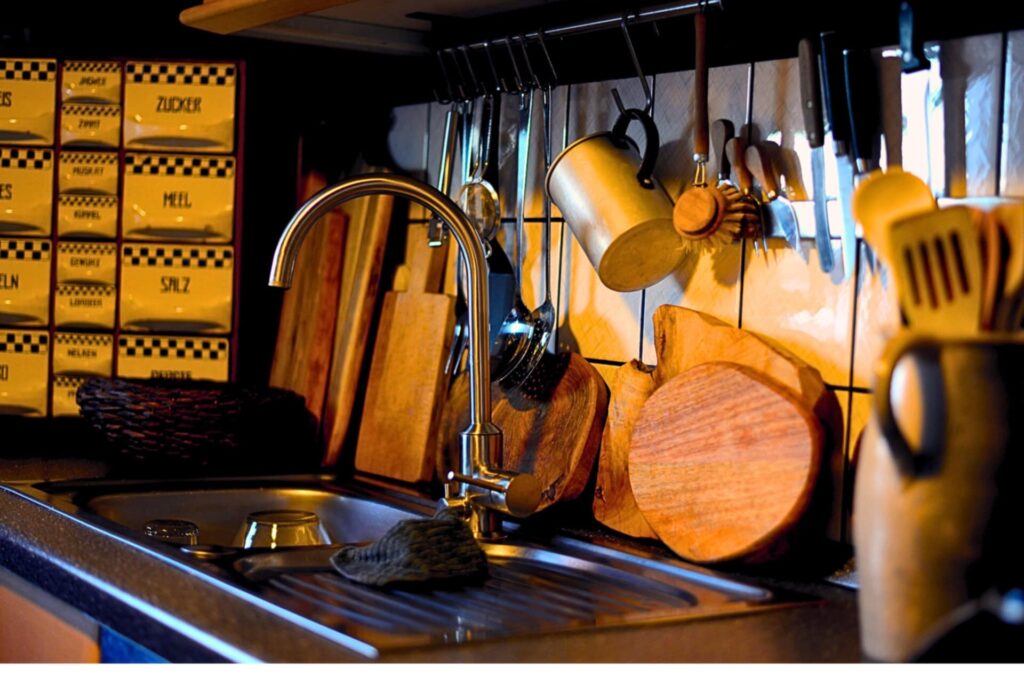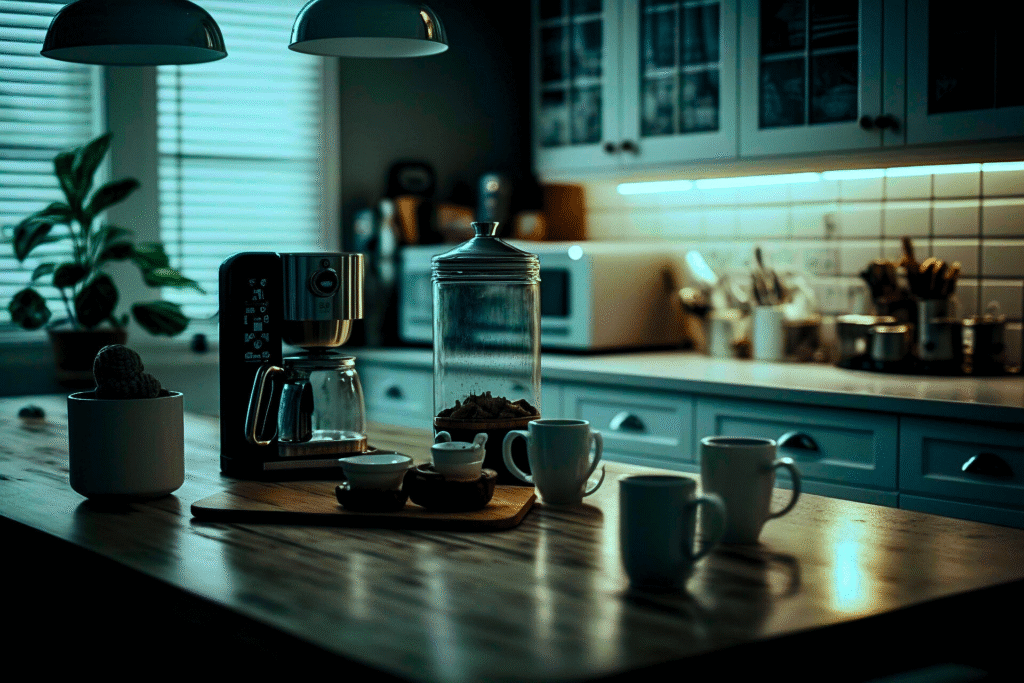Ever sat around a bubbling pot of broth, dipping in thinly sliced meat and veggies while chatting with friends or family? That’s the joy of a hot pot! But if you’ve never used a hot pot cooker before, don’t worry—this guide is here to walk you through everything you need to know, step by step. Whether you’re on a tight budget or ready to splurge, there’s a hot pot cooker for everyone.
Different Types of Hot Pot Cookers
Electric Hot Pot Cookers
These are super convenient. Just plug it in, pour in your broth, and get cooking. They often come with temperature controls and non-stick surfaces.
Traditional Hot Pot with Burner
This classic setup uses a gas or induction burner under a metal pot. Great for a more authentic experience but requires a bit more hands-on control.
Hot Pot Pressure Cookers
Want your broth ready in record time? A hot pot pressure cooker is perfect. It locks in flavor quickly, making it ideal for prepping rich bases.
Instant Pots for Hot Pot
Yep, your favorite kitchen multitasker can handle hot pot too! With sauté and pressure cook functions, it’s surprisingly versatile for this.
Choosing the Right Hot Pot Cooker
Budget-Friendly Options
Look for simple electric cookers with basic temperature control. Brands like Aroma or Dash offer decent options under $50.
Mid-Range Choices
Want a bit more power and flexibility? Look in the $50–$100 range. You’ll find models with dual compartments, adjustable temps, and better build quality.
High-End Picks
If you’re ready to go all out, premium brands like Zojirushi or Dezin offer sleek, powerful cookers with features like dual heating zones and stylish finishes.
How to Use a Hot Pot Cooker – Step by Step
Prep the Ingredients
Thinly slice meats, wash and chop vegetables, and set up your noodles and dipping sauces. Trust me, prep is everything.
Set Up Your Hot Pot Station
Place your cooker in the center of the table with all ingredients within reach. Safety first—make sure the cord won’t be a tripping hazard.
Start the Cooker and Adjust the Heat
Turn it on, add your broth, and bring it to a gentle boil. Use the lowest setting to simmer once it’s bubbling.
Cooking Time and Monitoring
Let each person cook their food in the pot. Meats usually cook in under a minute, while denser veggies might take longer.
Tips for Multi-Batch Cooking
Keep adding broth as it evaporates and stir regularly. Divide cooking into meat rounds, then veggie rounds to keep flavors fresh.
How to Use Electric Hot Pot Cookers
Plug In and Preheat
Add your broth, then plug in the cooker and turn it to medium heat. Wait for it to simmer before adding food.
Use of Temperature Controls
Use low for simmering, medium for general cooking, and high for fast boiling. Keep an eye on the temperature—it can change fast!
Cleaning and Maintenance
Let it cool down, then wipe the surface with a damp cloth. Most inner pots are removable for easy cleaning.
How to Use a Hot Pot Pressure Cooker
Preparing the Base Broth
Add bones, aromatics, and spices into your pressure cooker with water. Seal and cook for 30 minutes to extract rich flavors.
Timing Your Cooking Cycles
For meat or seafood, short cycles (1–2 minutes) work best. For broth or soup, 20–30 minutes is ideal.
Safety Tips
Always release pressure before opening. Never force it open while still sealed—your safety matters more than your soup!
How to Use Instant Pot for Hot Pot
Using the Sauté and Keep Warm Functions
Start by sautéing garlic, onions, or spices in the pot. Then switch to “Keep Warm” mode to serve at the table.
Cooking Meats and Veggies Perfectly
Use “Sauté” for quick cooking and “Pressure Cook” for tougher ingredients. It’s all about layering the flavors.
Setting Pressure Levels
Use low pressure for delicate items like tofu, and high pressure for meatier cuts. Always adjust based on your recipe.
Best Practices for Hot Pot Cooking
Safety First
Avoid overcrowding the pot, and keep raw and cooked items separate. Use different utensils for raw meats.
Flavor Layering Tips
Start with a basic broth, then add soy sauce, miso paste, chili oil, or dried mushrooms as you go. It builds flavor naturally.
Avoiding Cross-Contamination
Use color-coded chopsticks or tongs for raw and cooked items. It keeps things safe and stress-free.
Must-Have Accessories for Hot Pot Nights
Broth Dividers
Love spicy but your friend doesn’t? Get a pot with a divider for two broths. Problem solved!
Chopsticks and Strainers
Long chopsticks and mesh strainers make fishing out ingredients way easier and cleaner.
Dipping Sauces and Condiments
Soy sauce, sesame oil, garlic paste, hoisin, and chili crisp are must-haves. Let guests mix their own sauces.
Top Hot Pot Cookers for Every Budget
Under $50
- Aroma Housewares ASP-137
- Dash Express Hot Pot
$50–$100
- Dezin Electric Hot Pot
- Tayama Electric Shabu Shabu
$100 and Up
- Zojirushi Gourmet d’Expert
- Cuisinart Cast-Iron Electric Pot
Cleaning and Storing Your Hot Pot Cooker
Once cool, disassemble the parts. Wipe the exterior and hand-wash the pot unless it’s dishwasher-safe. Store it in a dry place to prevent rust or damage.
Final Thoughts
So there you have it—everything you need to know about how to use a hot pot cooker like a pro. Whether you’re rocking a budget-friendly electric model or an advanced instant pot setup, hot pot nights are all about good food, great company, and lots of flavor. So grab your ingredients, fire up the pot, and enjoy the delicious chaos of hot pot cooking.
FAQs
1. Can I use a hot pot cooker for other recipes?
Absolutely! You can use it for soups, stews, ramen, and even fondue.
2. Is it safe to leave the hot pot on for hours?
Yes, as long as it’s monitored. Don’t leave it unattended, especially if you’re using high heat.
3. How do I keep the broth flavorful?
Keep adding small amounts of seasoning and top off with hot water to maintain the balance.
4. What’s the best meat for hot pot?
Thinly sliced beef, pork, and lamb work best. Seafood like shrimp and fish fillets are also great.
5. Can I use a rice cooker for hot pot?
Not ideal—it lacks the open design and temperature control needed for real hot pot fun.

